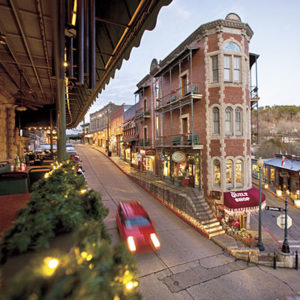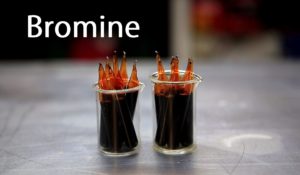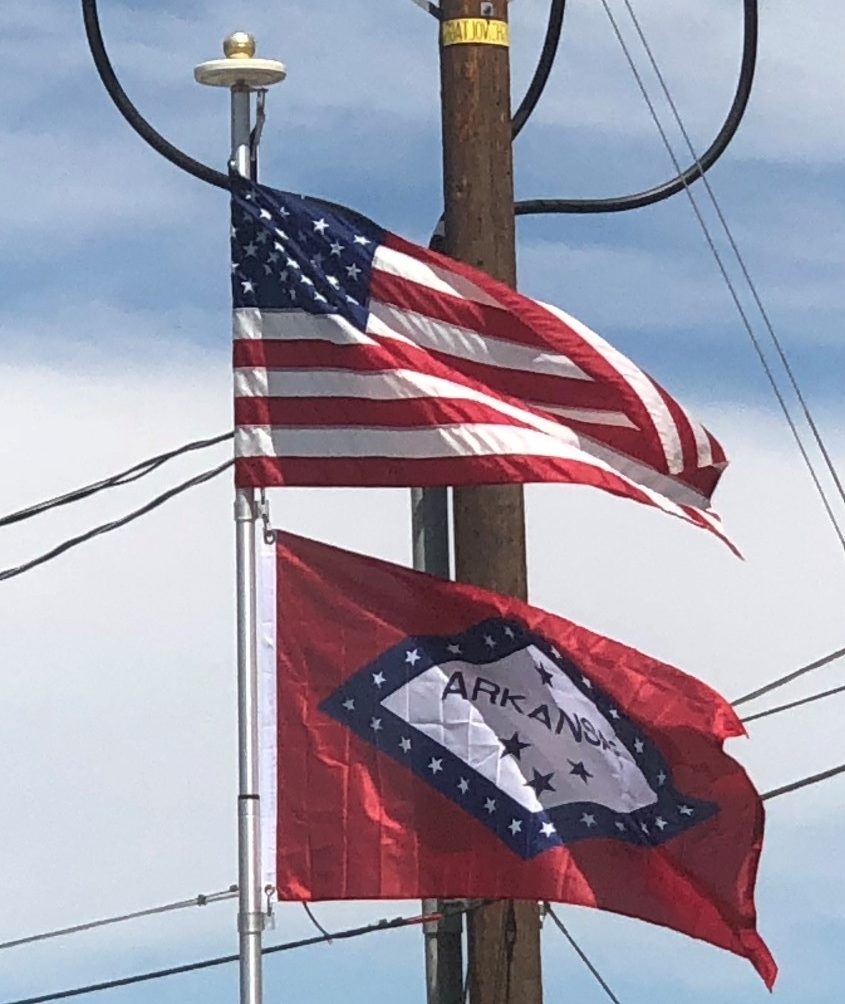
Between 1905 and 1911, Arkansas began to receive a small immigration of German, Slovak, and Scots-Irish from Europe. The German and Slovak peoples settled in the eastern part of the state known as the Prairie, and the Irish founded small communities in the southeast part of the state.
Based on the order of President Franklin D. Roosevelt given shortly after Imperial Japan’s attack on Pearl Harbor, nearly 16,000 Japanese Americans were forcibly removed from the West Coast of the United States and incarcerated in two internment camp located in the Arkansas Delta. The Rohwer Camp in Desha County operated from September 1942 to November 1945 and at its peak interned 8,475 prisoners. The Jerome War Relocation Center in Drew County operated from October 1942 to June 1944 and held c. 8,000 prisoners.
Fall of Segregation:
After the Supreme Court’s decision in Brown v. Board of Education of Topeka, Kansas in 1954 that segregation in public schools was unconstitutional, some students worked to integrate schools in the state. The Little Rock Nine brought Arkansas to national attention in 1957 when the Federal government had to intervene to protect African-American students trying to integrate a high school in the Arkansas capital.

Governor Orval Faubus had ordered the Arkansas National Guard to aid segregationists in preventing nine African-American students from enrolling at Little Rock’s Central High School. After attempting three times to contact Faubus, President Dwight D. Eisenhower sent 1000 troops from the active-duty 101st Airborne Division to escort and protect the African-American students as they entered school on September 25, 1957. In defiance of federal court orders to integrate, the governor and city of Little Rock decided to close the high schools for the remainder of the school year. By the fall of 1959, the Little Rock high schools were completely integrated.
Economy:
Once a state with a cashless society in the uplands and plantation agriculture in the lowlands, Arkansas’s economy has evolved and diversified. Six Fortune 500 companies are based in Arkansas, including retailer Walmart, Tyson Foods, J.B. Hunt, Dillard’s, Murphy USA, and Windstream are headquartered in the state.
The state’s agriculture outputs are poultry and eggs, soybeans, sorghum, cattle, cotton, rice, hogs, and milk. Its industrial outputs are food processing, electric equipment, fabricated metal products, machinery, and paper products. Mines in Arkansas produce natural gas, oil, crushed stone, bromine, and vanadium.

Today only approximately 3% of the population is employed in the agricultural sector, it remains a major part of the state’s economy, ranking 13th in the nation in the value of products sold. The state is the U.S.’s largest producer of rice, broilers, and turkeys, and ranks in the top three for cotton, pullets, and aquaculture (catfish). Forestry remains strong in the Arkansas Timberlands, and the state ranks fourth nationally and first in the South in softwood lumber production. Automobile parts manufacturers have opened factories in eastern Arkansas to support auto plants in other states.
